In organic farming, the soil tillage it is a fundamental aspect for obtaining good food production and preserving the health of the environment. A proper land managementin fact, it improves soil fertility, reduces the risk of diseases and parasites and ensures the sustainability of agriculture. But what are the soil tillage more suitable for organic farming? And how should they be done to get the best results?
In this article, we will see the main soil tillage techniques in organic farming, how to do them and what they are for.
Mechanical tillage of the land
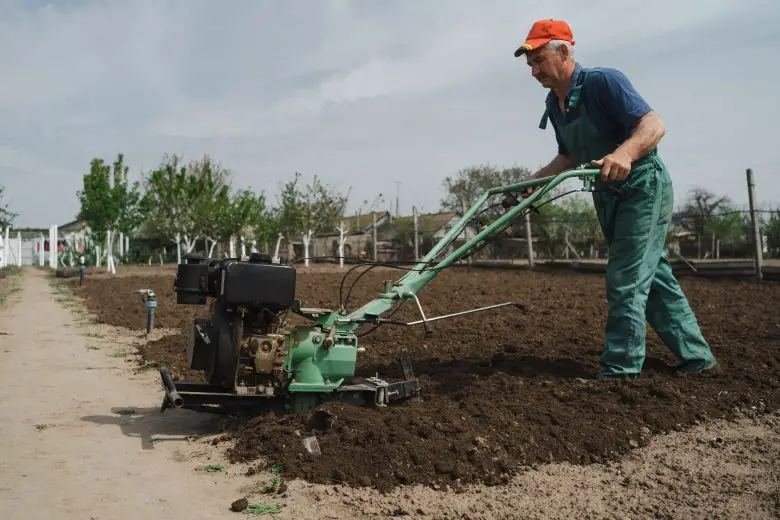
Mechanical soil tillage is a technique that involves the use of manual tools or machines to work the soil and prepare it for sowing. In organic farming, it is preferred to use hand tools (such as the grelinette or light machines (such as motor hoe and motor cultivator), so as to avoid the use of chemical products which are harmful to the environment. Among the main techniques of mechanical working of the land, we find digging, hoeing, milling. There digging is a classic process which serves to turn and renew the soil. Hoeing involves using a hoe to work the surface of the soil. Furthermore, it is useful for removing superficial weeds, their seeds and preparing the soil for sowing. Milling, on the other hand, involves the use of a motor cutter to work the soil deeply and obtain greater soil aeration.
The use of organic products
To enrich the soil with nutrients and improve its structure, organic products are used in organic farming such as compost or the manure. These products are rich in nutrients and organic substances that promote plant growth. Furthermore, they improve the structure of the soil, making it more porous and draining. The use of organic products must be done with care, so as not to alter the balance of the soil and to ensure correct plant growth.
Crop rotation
There crop rotation it is a technique that involves the variation of the plants grown in a given soil, in order to reduce the risk of specific diseases and parasites and preserve the fertility of the soil. This technique makes it possible to use the land efficiently and sustainably, avoiding the consumption of chemicals that are harmful to the environment. In addition, crop rotation allows you to enrich the soil with nutrients
The ground cover
Soil cover is a technique that involves the use of plants that cover the soil, so as to improve its fertility, prevent erosion and reduce weeds. In organic farming, leguminous plants are often used, such as clover or vetch, which favor the fixation of nitrogen in the soil and improve its structure. The soil cover must be done with care, in order to avoid suffocation of the cultivated plants and to ensure proper growth of the plants.
The tillage of the soil with the biointensive method
The biointensive method is an organic farming technique that involves particular tillage of the soil. The goal is to reduce the consumption of water and chemical products and obtain greater crop productivity. This method involves using hand tools to work the soil deeply, create good soil structure and improve its water holding capacity. Furthermore, the biointensive method involves the use of compost and manure to enrich the soil with nutrients. Finally, it also provides for the use of ground cover plants, to prevent erosion and reduce the risk of weeds.
What types of tillage can damage the soil?
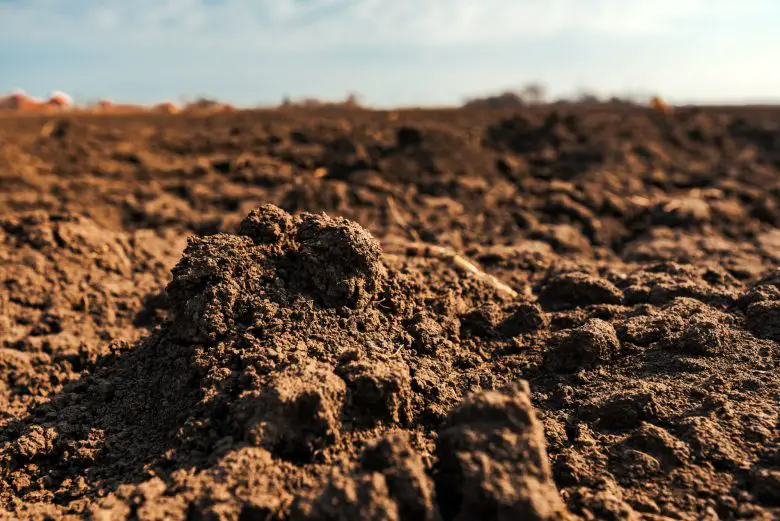
Some tillage can compromise the quality of the soil, decreasing its fertility and its ability to support plant growth. Among the processes that can ruin the soil we find:
- Tillage done by plowing can cause the destruction of the soil structure, altering its ability to retain water and nutrients. In addition, intensive tillage can lead to soil erosion, resulting in loss of nutrients and organic material. Furthermore, intensive tillage can lead to a reduction in soil quality, with a consequent decrease in agricultural production.
- Using chemicals such as pesticides and synthetic fertilizers can compromise the health of the soil and its ability to support plant growth. A study published in the journal “Soil Biology and Biochemistry” has shown that the use of synthetic fertilizers can lead to a reduction in the biological diversity of the soil, with a consequent decrease in its fertility.
- The lack of land cover with the use of monocultures (or, in general, the lack of vegetation on the land), can lead to the loss of nutrients and the reduction of fertility. A study published in the journal The International Soil and Water Conservation Research (ISWCR) highlighted that the use of vegetable covers can increase the biodiversity of the ecosystem present on the ground, improving its structure and increasing the plants’ ability to absorb nutrients.
- Improper irrigation can also damage the soil, leading to salinization, resulting in loss of fertility. Also, excessive watering can cause erosion and nutrient loss. In the end, several studies have highlighted that salinization of the soil can lead to a decrease in agricultural production and a loss of biodiversity.
In general, it is important to work the land in a sustainable and careful way, choosing the most suitable techniques for the specific needs of the land and the cultivated plants. In this way, it will be possible to preserve soil quality and ensure healthy and sustainable agricultural production.
Conclusions on tillage in organic farming
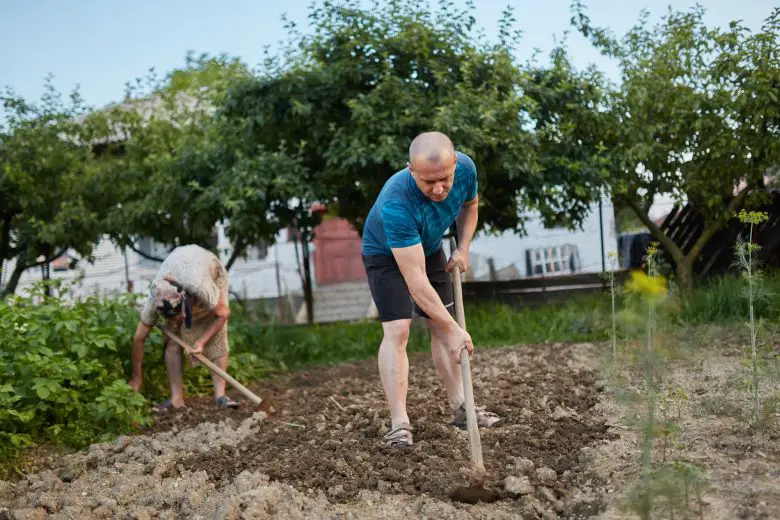
The tillage of the land in organic farming is essential for obtaining sustainable food production and preserving the health of the environment. Among the main soil tillage techniques, we find: mechanical soil tillage, the use of organic products, crop rotation, soil cover and the biointensive method. To obtain the best results, it is important to carry out these processes with care and attention, in order to preserve the balance of the soil and ensure correct growth of the plants. Furthermore, it is important to choose the tillage techniques most suited to the specific needs of your land and cultivated plants, in order to obtain healthy and sustainable food production.

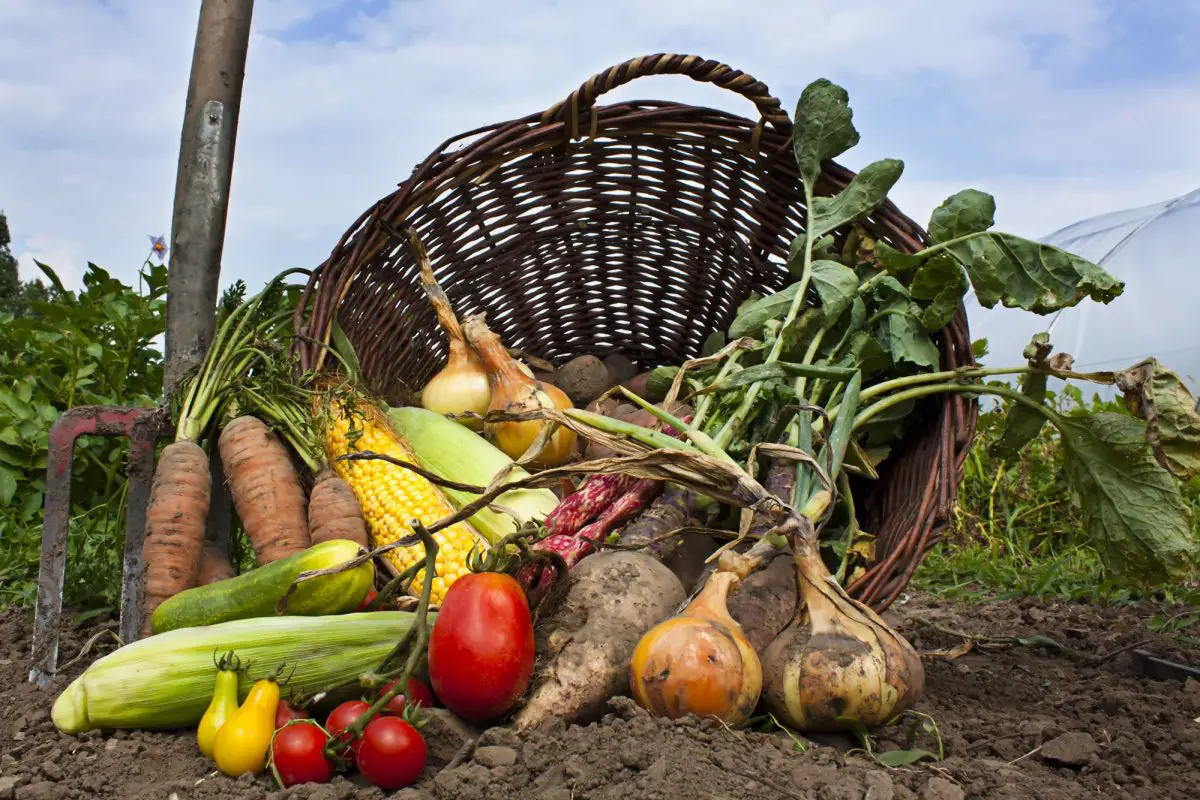
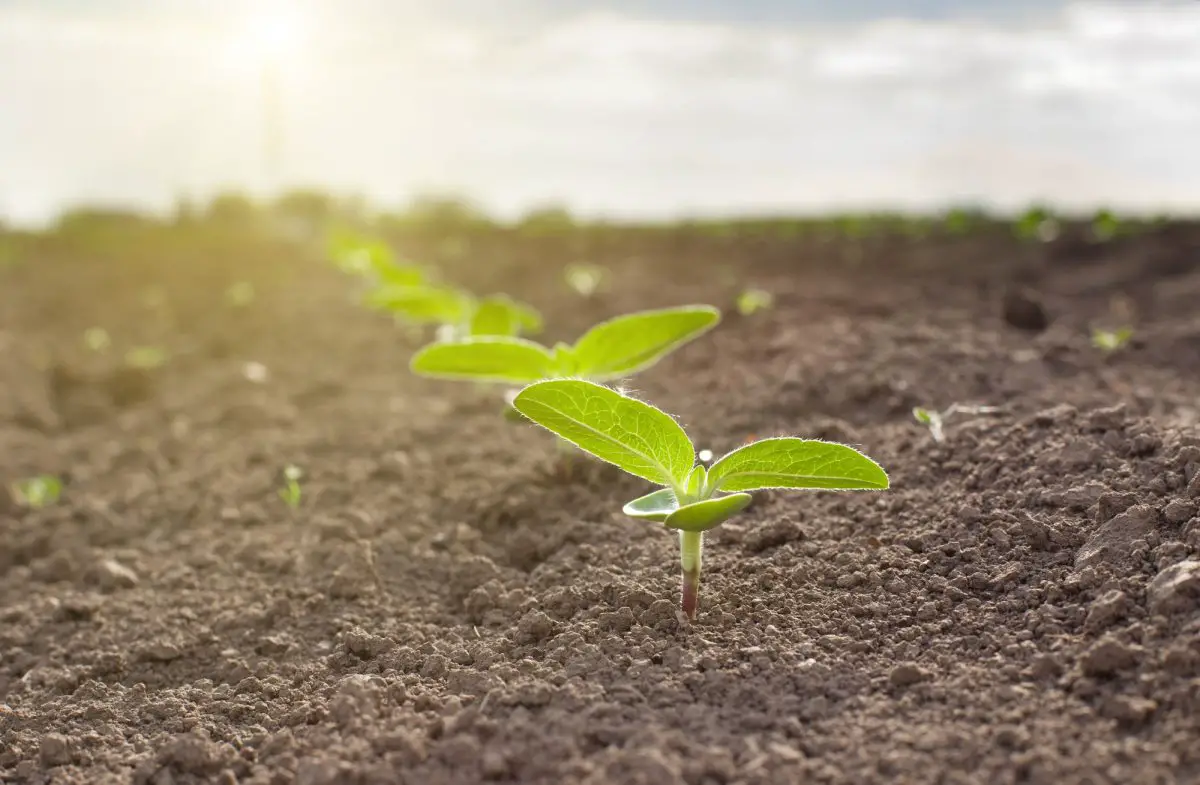
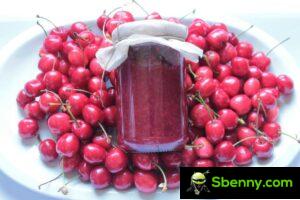
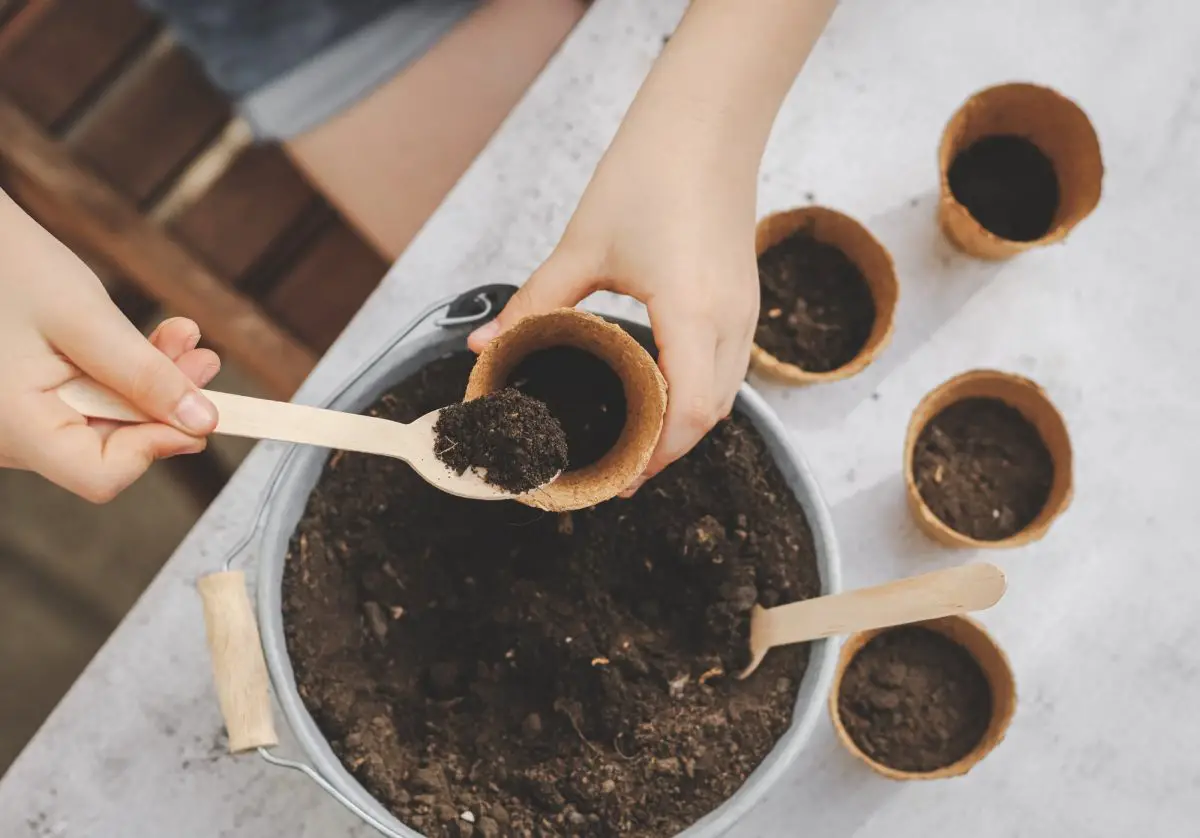
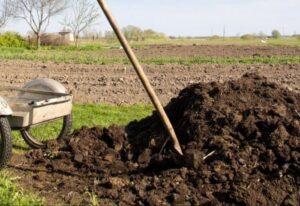
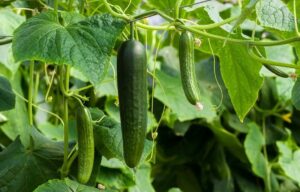
Start a new Thread